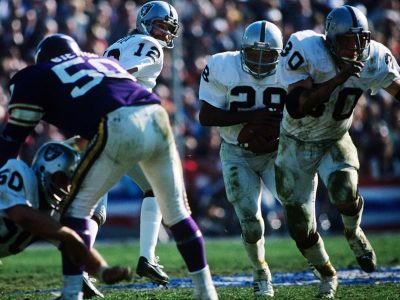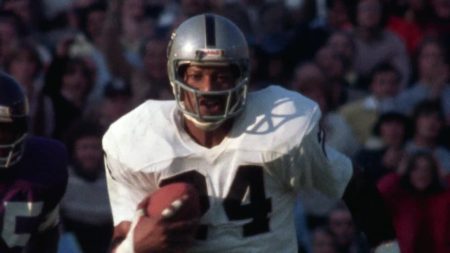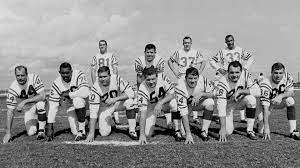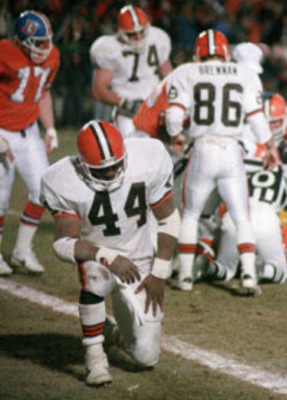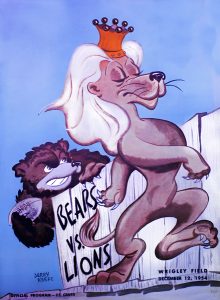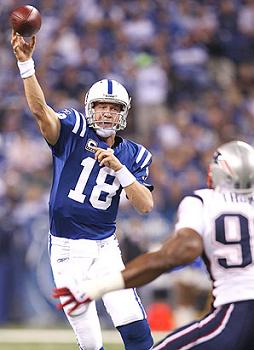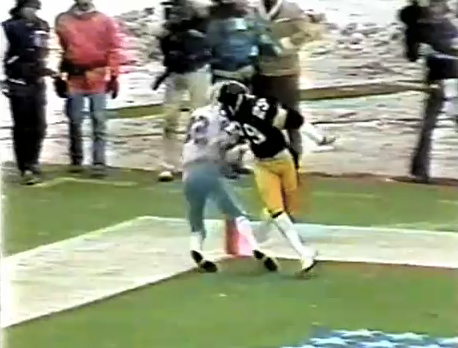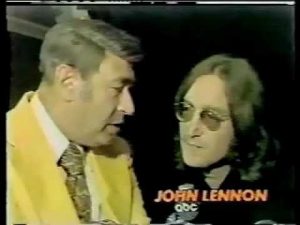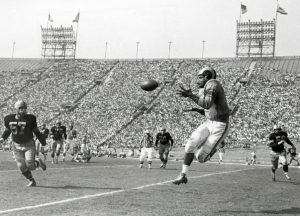The Los Angeles Rams and New Orleans Saints face off on this week’s NFL schedule, and for this week’s Throwback Thursday feature we will time travel back to a game played on December 5, 1971 between these franchises when an NFL record was set by an unlikely player. The Los Angeles Memorial Coliseum was the site of the contest, with the Rams trying to keep pace for the division lead in the NFC West with the 49ers and Falcons, while the Saints were mired in the division basement. The unlikely player in question was Rams’ running back Willie Ellison, who had spent the first part of his career as a backup, but emerged as the Rams’ top back in ’71.
Ellison started what would turn out to be his record-breaking day by scampering 80 yards for the game’s first touchdown. L.A. expanded their lead to 14-0 when quarterback Roman Gabriel threw a 37 yard scoring pass to Jack Snow. The Saints’ QB, Edd Hargett, cut the lead in half with a 25 yard TD toss to Danny Abramowicz, but any good feeling the Saints got from that evaporated quickly when the Roadrunner, Travis Williams, a former Lombardi Packer and one of the NFL’s most feared return men of the era, ran back the ensuing kickoff 105 yards to the end zone. The Rams continued the onslaught in the second quarter. Larry Smith, who had been the team’s lead back before being upstaged by Ellison, contributed a 5 yard touchdown run, and Gabriel connected with ex-Dallas Cowboy Lance Rentzel for an 8 yard score, upping the lead to 35-7 at the half.
The Saints came out determined in the third quarter and cut the deficit to 35-21 on a pair of 1 yard jaunts from Bob Gresham and Hargett. Los Angeles retaliated to open the fourth quarter with a 39 yard touchdown connection from Gabriel and Rentzel. Gresham scored again from a yard out and the Rams added a late field goal to finish off an important 45-28 victory that kept their division title hopes alive.
Ellison was the story of the day, however. He finished the game with 247 yards rushing on 26 carries, breaking the NFL record of 237 previously held by Jim Brown, and also the overall mark of 243 that had been set in the AFL by the man some considered to be the Jim Brown of the AFL, Cookie Gilchrist. The ’71 season turned out to be the high point of Ellison’s career. He made his first and only Pro Bowl, and after one more year in L.A. finished up his playing days for 2 more seasons in Kansas City. The Rams fell short of the division title also, eventually finishing second behind San Francisco.
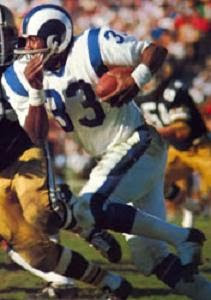
Willie Ellison on his record-breaking day
